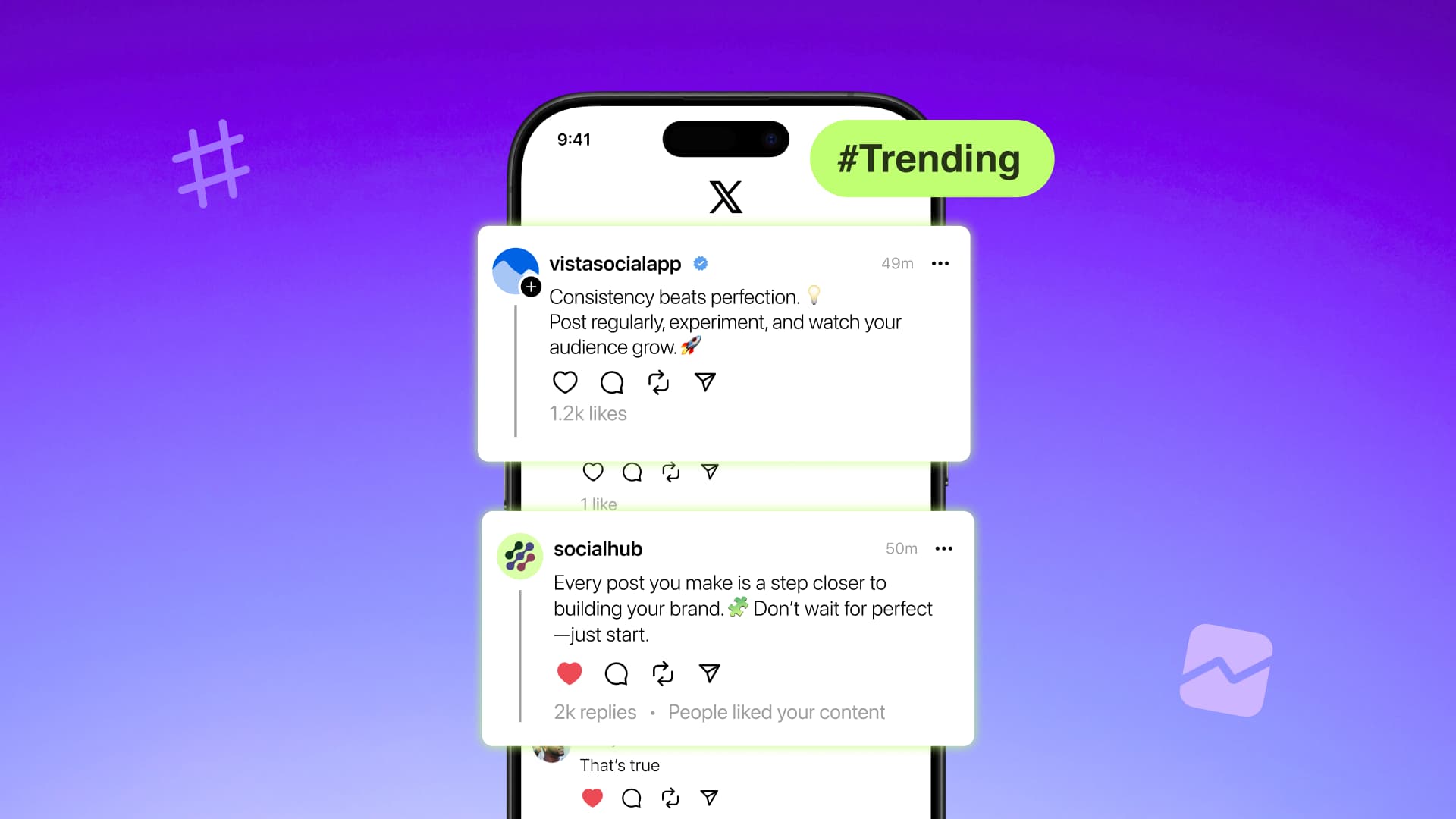New
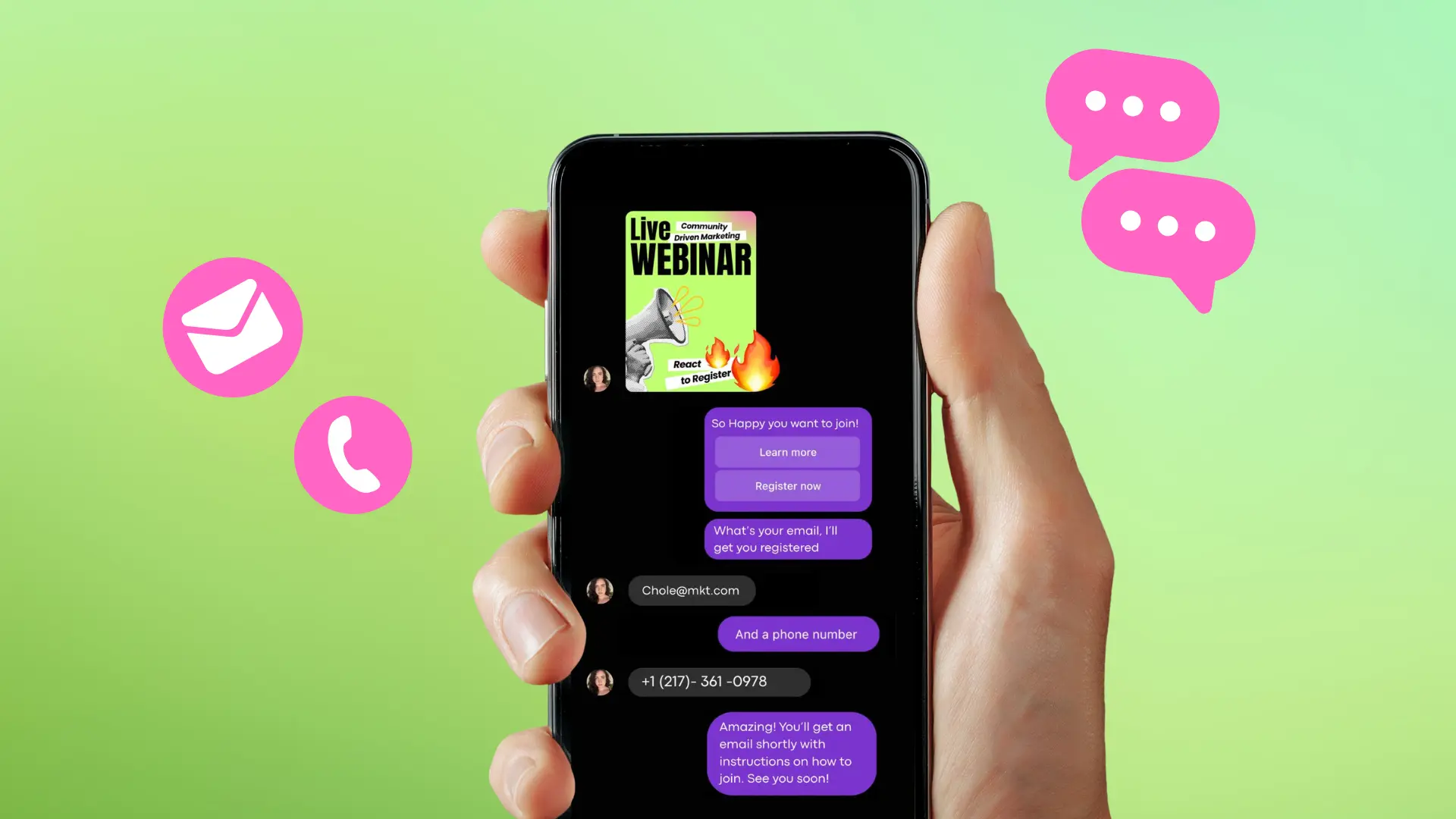
Turn Your DMs Into Lead Gen!
Learn how to collect lead data from your DMs such as email addresses, phone numbers, and more right from your social inbox. If you are not yet automating your DMs your competitors are outpacing you.

How Something Social Saved 75% of Their Time and Increased Revenue by 15%
See how a fast-growing agency improved operations, cut down hours of manual work, and unlocked new revenue opportunities with Vista Social.
New
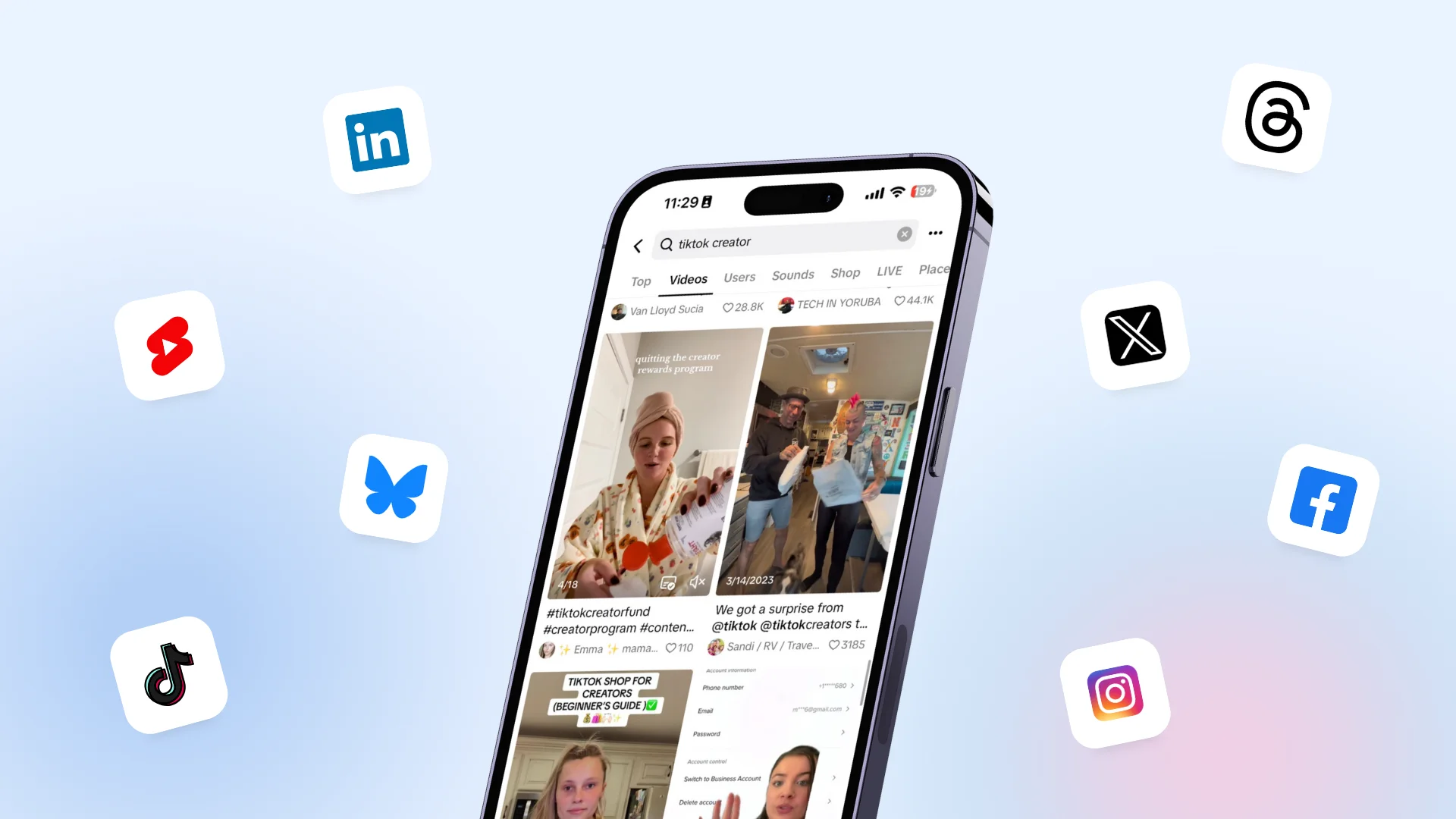
50 Unique Social Media Ideas for Consistent Content Creation
Discover 50 unique social media post ideas to engage your audience, grow your brand, and maintain a consistent content strategy with ease!
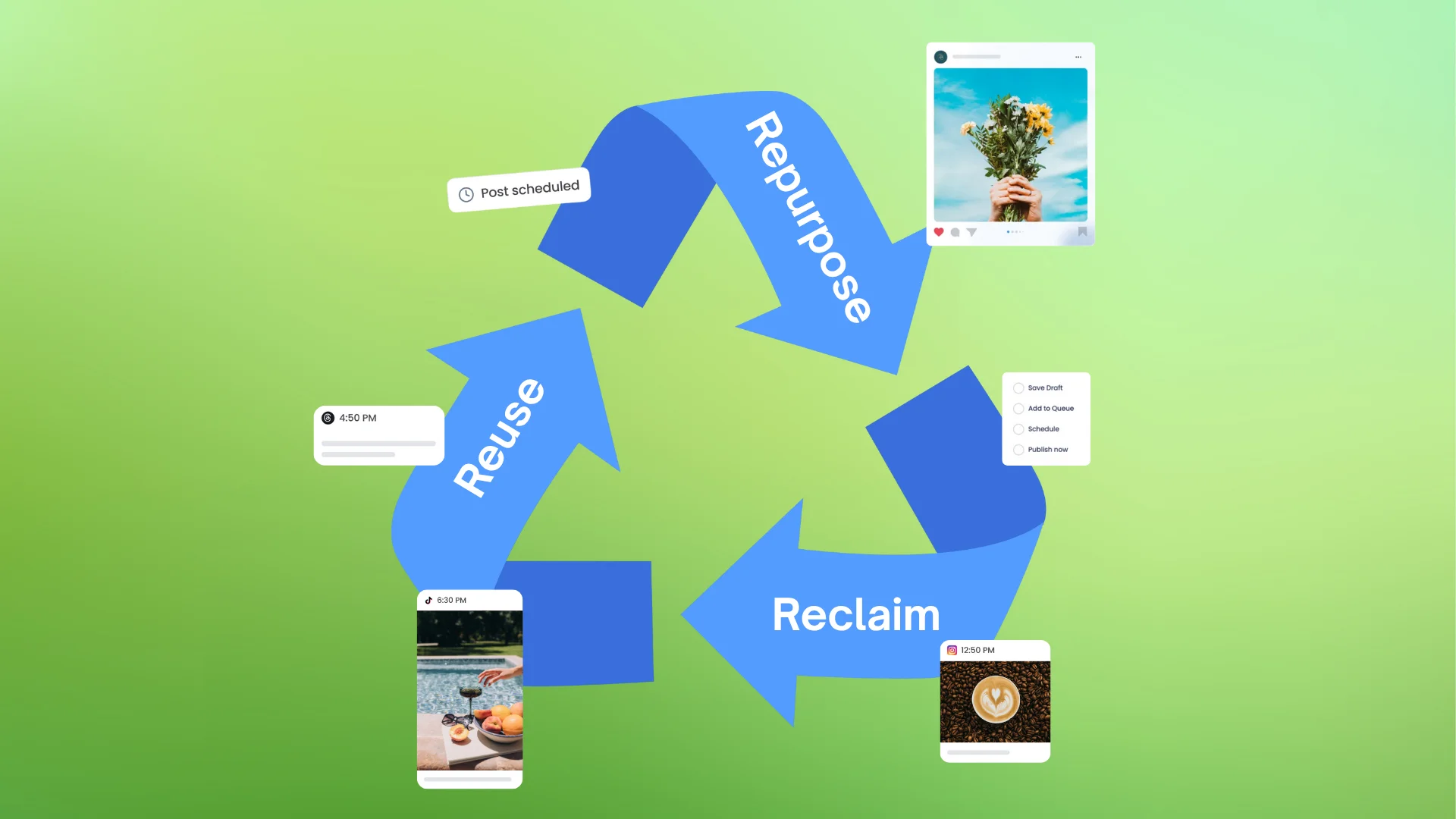
Mastering Content Reuse: The Key to a Consistent and Sustainable Posting Strategy
Published on May 14, 2025
9 min to read
Getting Started with Employee Advocacy on LinkedIn: Pro Tips
Summarize with AI
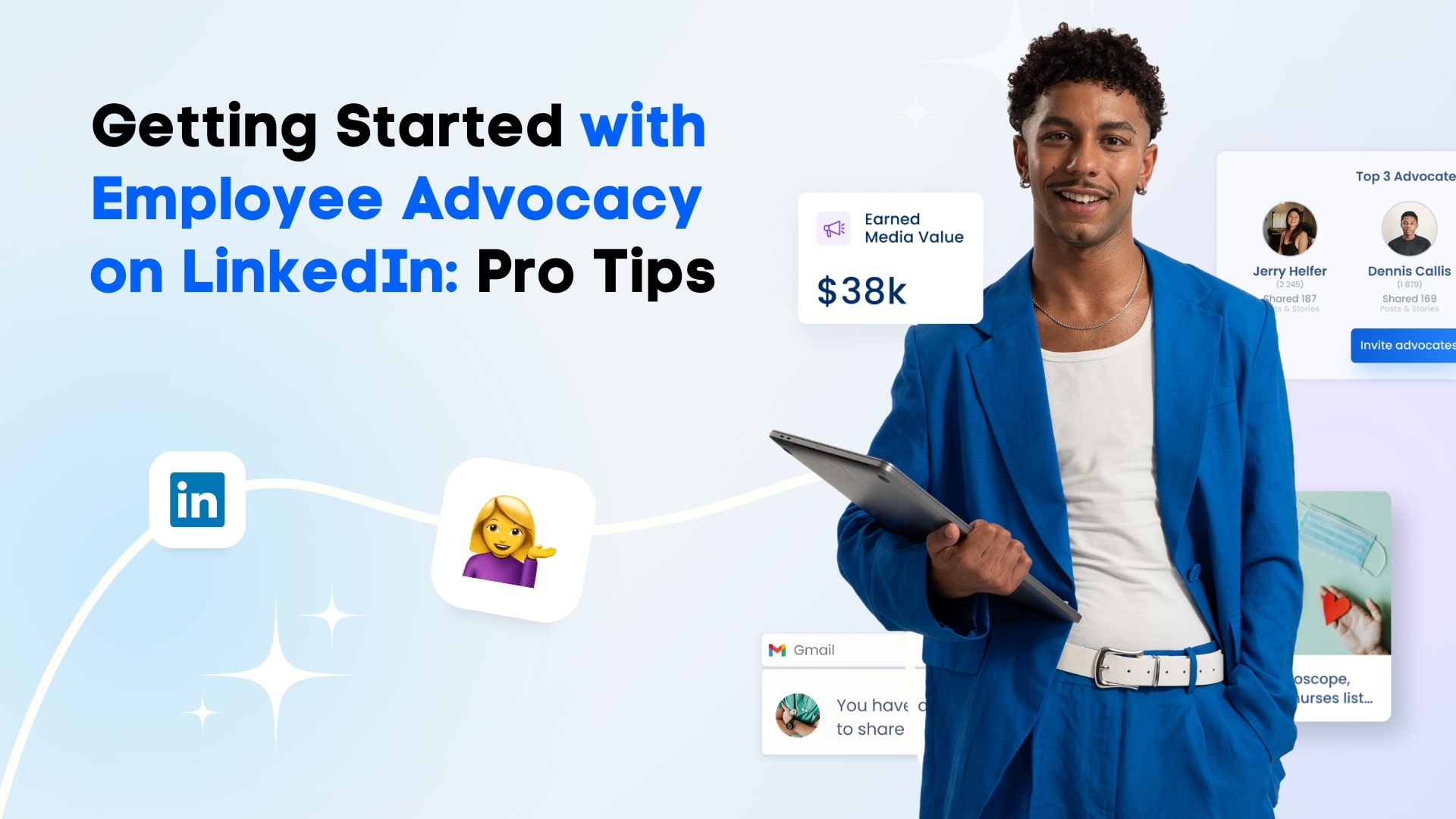

Table of Content

What if your employees could help grow your brand just by posting on LinkedIn? That’s the power of employee advocacy on LinkedIn. People trust people more than brands—and when your team shares company updates, wins, or industry insights, it creates real impact.
In fact, content shared by employees can reach networks up to 10 times larger than your company’s page. Even better, those posts can generate up to 8 times more engagement. Consumers are also 2.5 times more likely to trust an employee’s message over a branded post. That’s reach, engagement, and trust—all without extra ad spend.
This blog will walk you through a simple step-by-step guide to launching your employee advocacy program, plus expert tips to help your team confidently promote your brand. Let’s get started and turn your employees into your brand’s best advocates.
Table of contents
What Is Employee Advocacy on LinkedIn?
Employee advocacy on LinkedIn is when your team shares your brand’s story on their own LinkedIn profiles. It’s not just a company post—it’s your people talking about what makes your business great. Whether they’re celebrating a win, sharing behind-the-scenes moments, or talking about projects they’re proud of, it feels real. And that’s what works.
Let’s say your company rolls out a new feature. Instead of a polished ad, one of your team members might post something like:
That kind of post feels personal—and people are more likely to listen and engage.
This isn’t influencer marketing, where you pay someone outside your company to promote you. And it’s not a paid ad, which people often scroll past. Employee advocacy is powerful because it comes from the inside. Real people. Real stories. Real trust.
And the benefits? They’re big. First, trust—because people believe people. A message from an employee feels way more genuine than a company talking about itself. Second, visibility—your team has networks you can’t reach with a company page alone. One post from them can bring your brand to entirely new audiences.
It also drives leads. When employees share valuable or interesting content, people take notice. They click, explore, and reach out. Plus, it’s a secret weapon for hiring. Job seekers love seeing real stories from real employees. It gives them a peek into your culture—and if they like what they see, they’re more likely to apply.
Bottom line? Employee advocacy on LinkedIn is a smart, cost-effective way to boost your brand, build trust, attract leads, and bring in top talent. It’s your best marketing team—already on the payroll.
Why LinkedIn Is the Ideal Platform for Advocacy
When it comes to employee advocacy on LinkedIn, no platform offers the same level of impact and credibility. LinkedIn is widely recognized as the go-to space for professionals to connect, learn, and share. This professional setting creates a trusted environment where content shared by employees feels more authentic and influential compared to traditional branded messaging.
Because the platform is built for business engagement, it’s especially powerful for B2B brands. Employees who share insights, industry updates, or company milestones naturally elevate their own professional profiles while positioning the company as a thought leader. This dual benefit—personal branding and brand advocacy—encourages more meaningful interactions and builds lasting trust with key audiences, including potential clients and partners.
Another reason LinkedIn stands out for advocacy is the way its algorithm promotes personal content. Posts shared by individuals, especially those that spark engagement, tend to reach far beyond just their immediate connections. When employees actively engage with or reshare your company’s content, it boosts visibility significantly—often bringing your brand in front of new, highly relevant audiences without the need for paid promotions.
With its mix of credibility, strategic reach, and content visibility, LinkedIn is the perfect platform to launch or scale your employee advocacy efforts.
How to Start an Employee Advocacy Program on LinkedIn
Launching an effective employee advocacy program on LinkedIn requires a strategic, step-by-step approach. Here’s how you can get started and set your team up for success:
Step 1 – Set Clear Goals
Begin by defining what you want to achieve with your employee advocacy on LinkedIn. Common objectives include:
- Increasing brand awareness
- Driving website traffic
- Generating qualified leads
- Attracting top-tier talent
Setting clear, measurable goals ensures your program aligns with business needs and allows you to track progress and success over time.
Step 2 – Identify the Right Employees
Not every employee needs to participate. Instead, focus on:
- Those who are passionate about your brand
- Team members who are active on LinkedIn
- Individuals who already engage with industry content or share company updates
Voluntary advocates are typically more effective than those assigned the role. Their genuine enthusiasm translates into more authentic, engaging content that resonates with their network.
Step 3 – Provide Training and Guidelines
Proper training is essential to help employees represent your brand effectively. Whether through interactive workshops or simple resource kits, your training should cover:
- Tone and voice guidelines
- Content dos and don’ts
- LinkedIn profile optimization tips (e.g., writing a compelling headline, updating the “About” section, and using a professional photo)
Clear, supportive guidelines build confidence and ensure consistency in messaging—without stifling creativity.
Step 4 – Share Approved Content
Make it easy for employees to contribute by offering:
- A centralized content library with pre-approved blog posts, industry insights, and company news
- Pre-written post templates that they can customize
- To keep things organized, use tools like Vista Social or Hootsuite to schedule posts and keep them coming regularly.
Step 5 – Encourage Personalization
While pre-written posts are helpful, the real magic happens when employees add their own voice. Encourage them to:
- Share personal stories or real-world applications
- Reflect on how company updates impact their role
- Express their opinions and experiences
For example, rather than simply resharing a product update, a team member might write, “Excited about this new feature—makes my workflow smoother and helps me support clients better!” This makes the content more engaging and relatable.
Step 6 – Track Performance and Optimize
As with any marketing strategy, measurement is key. Monitor:
- Engagement metrics (likes, shares, comments)
- Reach and impressions
- Click-through rates and traffic to your site
Use built-in analytics from employee advocacy platforms or tools like LinkedIn Analytics to assess what’s working. Identify your top-performing posts and employees, and adjust your content strategy accordingly. Optimization is ongoing—your program should evolve with your business needs and employee feedback.
[Must Read: LinkedIn Hashtag Analytics: Tips, Tricks, and Strategies]
By following these steps, you can build a sustainable, scalable program for employee advocacy on LinkedIn—one that elevates your brand, strengthens your company culture, and turns your employees into trusted voices in your industry.
Do’s and Don’ts for a Successful Employee Advocacy Program
Launching an employee advocacy program on LinkedIn is an exciting step toward amplifying your brand’s voice—but success depends on how you manage and nurture the program. From content strategy to employee engagement, every element plays a role in making your advocacy efforts effective, sustainable, and authentic. Here are some essential do’s and don’ts to guide your journey.
Try Vista Social for Free
A social media management platform that actually helps you grow with easy-to-use content planning, scheduling, engagement and analytics tools.
Get Started Now✅ Do: Celebrate and Recognize Top Advocates
Acknowledging employees who actively participate and deliver great results is key to maintaining motivation. Celebrate their contributions publicly—whether through shout-outs in team meetings, LinkedIn recognition posts, or small rewards. Recognition not only boosts morale but also encourages others to join in and share enthusiastically.
✅ Do: Keep Content Fresh and Relevant
To keep advocacy alive and engaging, regularly update the content you provide. Share a diverse mix of company news, employee stories, industry insights, and thought leadership pieces. This variety not only prevents content fatigue but also ensures employees have something valuable and meaningful to share with their network.
✅ Do: Update Training and Strategy Often
LinkedIn’s features and social media trends evolve constantly, so your employee advocacy strategy should too. Review and update training materials and guidelines regularly to ensure your team stays informed on best practices, compliance policies, and platform updates. This keeps your program agile and effective.
✅ Do: Use Gamification or Incentives
Make advocacy fun by introducing gamified elements like leaderboards, digital badges, or friendly competitions. You can also boost participation with meaningful incentives such as gift cards, recognition awards, extra time off, or professional development opportunities. Just remember: the goal is engagement, not pressure.
[Must Read: Social Media Gamification Tips to Skyrocket Engagement]
✅ Do: Create Feedback Loops
A two-way conversation strengthens your advocacy program. Provide spaces—like regular check-ins, surveys, or a dedicated Slack channel—where employees can share their experiences, voice concerns, and suggest ideas. Listening and responding to feedback helps refine your approach and shows advocates that their input matters.
❌ Don’t: Force Participation
Employee advocacy on LinkedIn thrives on authenticity. Forcing participation leads to disinterest and disingenuous posts that can hurt your brand more than help it. Instead, focus on educating, inspiring, and empowering employees who are naturally enthusiastic about representing your brand.
❌ Don’t: Ignore Employee Concerns
Concerns about privacy, time commitment, or not knowing what’s appropriate to share are valid. Address these openly and provide clear, accessible support. When employees feel heard and supported, they’re more likely to participate confidently.
❌ Don’t: Skip Measuring Results
If you’re not tracking, you’re guessing. Use analytics tools to monitor key metrics like post reach, engagement rates, traffic referrals, and even employee participation. These insights help you understand what’s working, optimize your strategy, and prove the program’s value to stakeholders.
[Must Read: Ultimate Guide: How to Track Engagement on Social Media]
[Must Read: Essential Social Media Metrics to Track for Success in 2024]
❌ Don’t: Make Content Too “Salesy”
Audiences on LinkedIn want connection and value—not a hard sell. Encourage employees to share content that sparks conversation, highlights company culture, or provides industry insights. When posts feel authentic, they foster trust and get better engagement.
By following these do’s and don’ts, you’ll build a thriving program for employee advocacy on LinkedIn—one that not only expands your brand’s reach but also empowers your team to become credible, authentic brand ambassadors. Keep it genuine, stay flexible, and always put people first—and your advocacy efforts will pay off.
Why Vista Social As Your Go-To Employee Advocacy Tool
When it comes to launching or leveling up your strategy for employee advocacy on LinkedIn, choosing the right platform makes all the difference. That’s where Vista Social comes in.
Vista Social is a leading social media management platform trusted by over 30,000 brands and agencies. Known for its innovative, all-in-one approach to digital marketing, Vista Social simplifies content planning, publishing, and analytics. But one of its most standout offerings? Its groundbreaking Employee Advocacy feature—designed specifically to empower your team to become authentic brand ambassadors.
With Vista Social, your employees can easily share curated, compliant company content—amplifying your brand’s reach, credibility, and engagement on LinkedIn and beyond. The platform streamlines everything, from content approval to performance tracking, all within a user-friendly dashboard.
Here’s what you get with Vista Social’s Employee Advocacy feature:
- Compliance & Brand Consistency: Admins maintain control over the content library to ensure every post aligns with your brand’s voice and any necessary regulatory requirements.
- Customizable Messaging: Employees can personalize posts while staying within brand guidelines, adding an authentic touch that resonates more with their networks.
- Direct Engagement: Unique to Vista Social, advocates can interact directly with the original company post—boosting engagement and visibility on native content.
- Advanced Analytics: Get full visibility into the success of your advocacy efforts. Track reach, earned media value, UTM parameters, and brand mentions—right down to individual employee performance, so you can measure clear ROI.
- Content Scheduling: Schedule advocacy content to be shared at optimal times, ensuring your brand always stays relevant and visible without overwhelming your team.
- Full Integration: Manage employee advocacy alongside your broader social media workflows—no need to jump between tools or platforms.
- Gamification & Incentives: Keep your team engaged with built-in gamification features like leaderboards, badges, and rewards to celebrate your top advocates.
Vista Social’s Employee Advocacy feature is more than just a sharing tool—it’s a growth engine. With the ability to amplify your brand’s reach by up to 14x, reduce marketing costs, and maintain authentic messaging, Vista Social helps you scale your employee advocacy on LinkedIn the smart way.
[Must Read: Employee Advocacy: 14x Your Brand Reach on Social Media]
Ready to Boost Your Brand on LinkedIn?
Getting started with employee advocacy on LinkedIn doesn’t have to be complicated. Start small, teach your team how to share the right kind of content, and track what’s working. A simple pilot program is a great way to test the waters and build momentum.
Encourage your employees to speak up, share their stories, and show what your brand is all about. When they feel confident and involved, your LinkedIn presence becomes more powerful and authentic.
Here’s the big takeaway: empowered employees = a stronger brand. So don’t wait—kick off your employee advocacy program today and turn your team into your best brand champions on LinkedIn.
P.S. If you’re new here, Vista Social is a powerful all-in-one social media management platform tailored for marketing agencies, freelancers, and social media managers. Our platform provides advanced tools to boost collaboration, streamline workflows, and elevate social media marketing success.
Sign up for your Vista Social account now to explore our features and take your social media strategy to the next level!
Frequently Asked Questions (FAQs) on Employee Advocacy on LinkedIn
What kind of content works best for employee advocacy on LinkedIn?
The best content is authentic, relevant, and varied. This includes company news, product updates, thought leadership articles, success stories, and behind-the-scenes glimpses of company culture. Encouraging employees to add their own insights or experiences makes posts more relatable and engaging.
Do employees need a large following to be effective advocates?
No, employees don’t need large followings to make an impact. Employee-shared content typically receives higher engagement because it’s seen as more trustworthy. Even those with smaller networks can significantly extend your brand’s reach when their posts are genuine and consistent.
Is it better to give employees content or let them create their own?
A balanced approach works best. Providing pre-approved, easy-to-share content ensures brand consistency and helps employees get started. At the same time, encouraging personalization and original posts adds authenticity and drives stronger engagement. Empowering employees to use their own voice makes advocacy more effective.
About the Author
Content Writer
Content writer and copywriter with over 2 years of experience, specializing in VSL scriptwriting. I’ve worked with various brands to create compelling content. Passionate about storytelling that connects and converts. Loves cats, poetry, and skincare
Read with AI
Save time reading this article using your favorite AI tool
Summarize with AI
Never Miss a Trend
Our newsletter is packed with the hottest posts and latest news in social media.
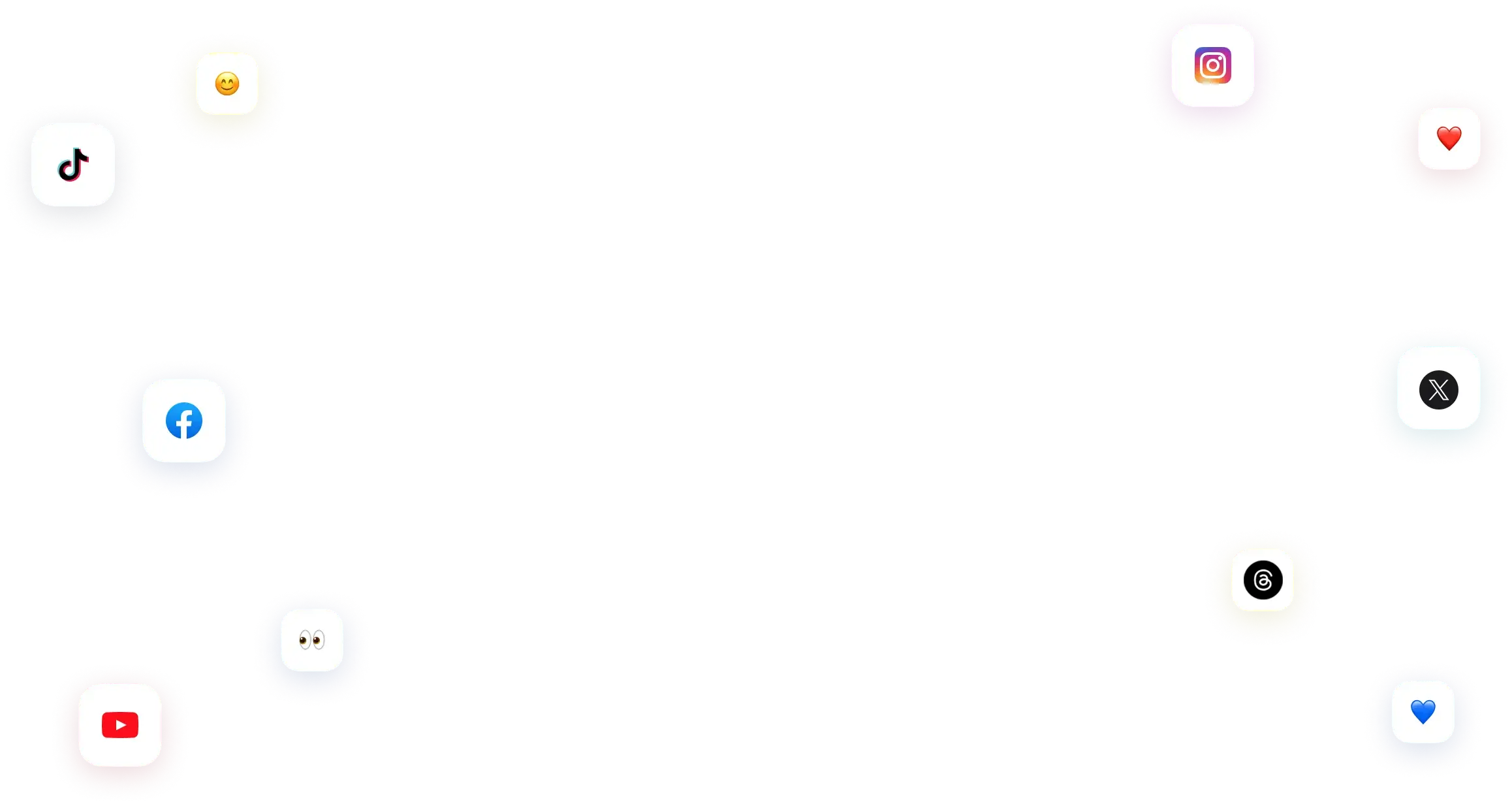
You have many things to do.
Let us help you with social media.
Use our free plan to build momentum for your social media presence.
Or skip ahead and try our paid plan to scale your social media efforts.
P.S. It will be a piece of cake 🍰 with Vista Social
Subscribe to our Newsletter!
To stay updated on the latest and greatest Social Media news. We promise not to spam you!
